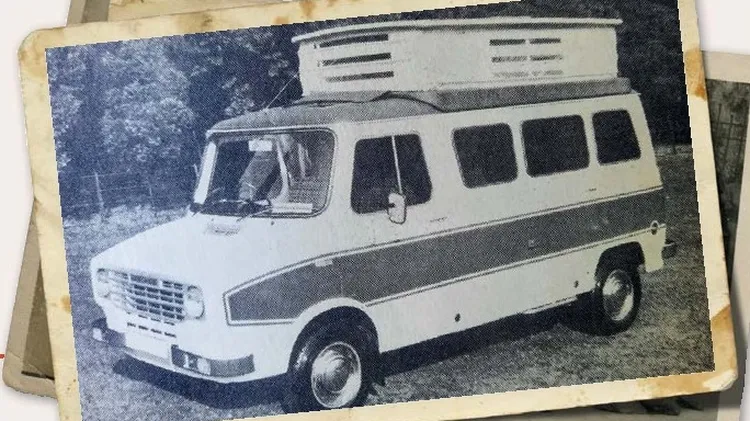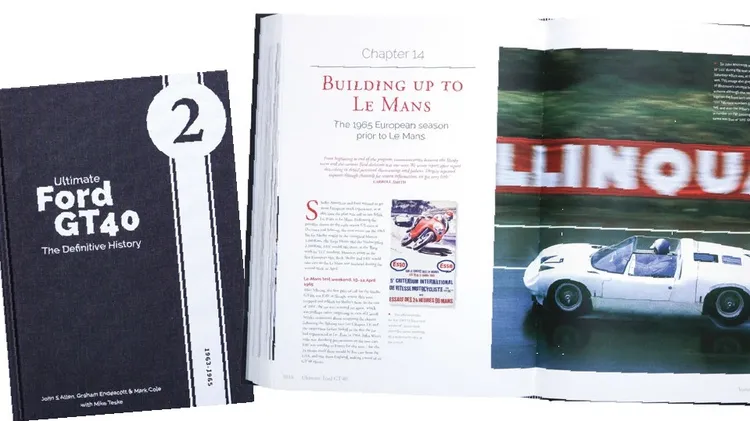
Martin buckley
2 min read

This article is from...
Read this article and 8000+ more magazines and newspapers on Readly






